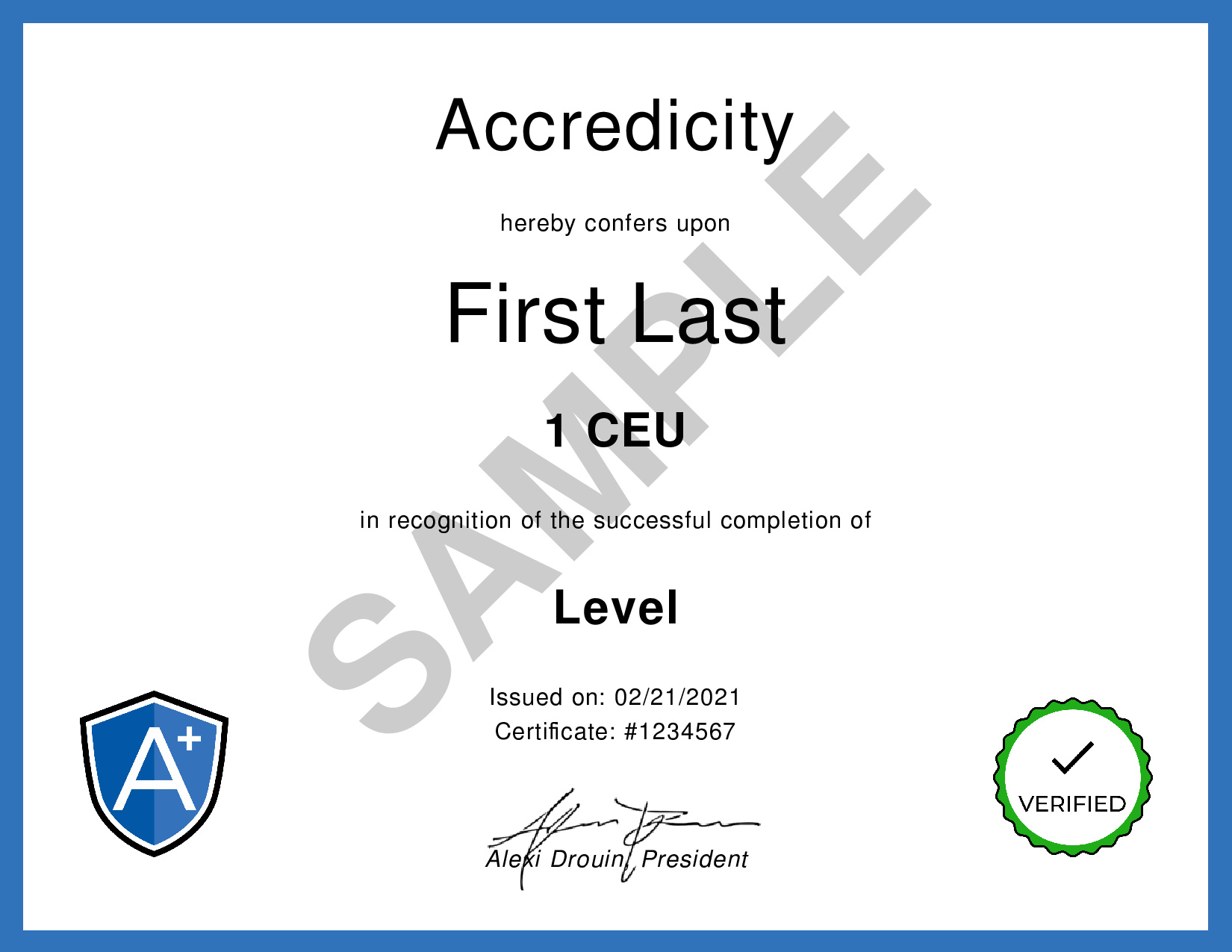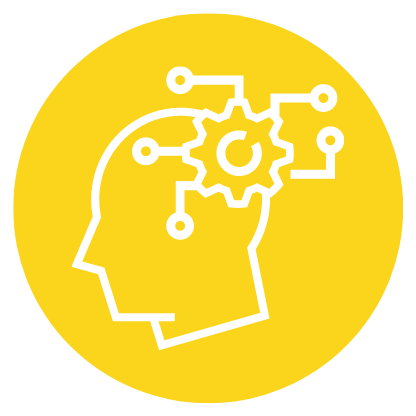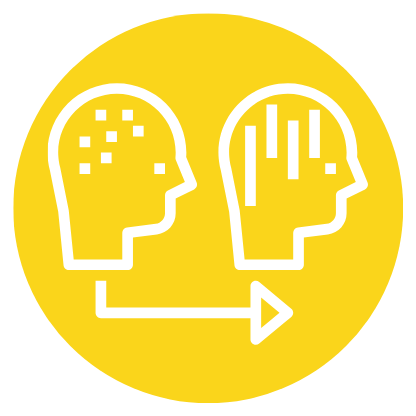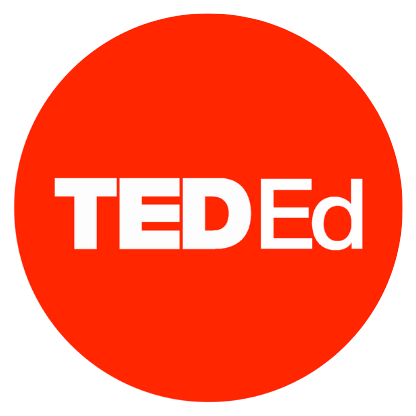Unlock the mysteries of quantum mechanics with Schrödinger's Cat - explore the strange and beautiful phenomenon of quantum entanglement!
Schrödinger's cat, a famous thought experiment, can teach us a lot about quantum mechanics. In this TED-Ed video by Josh Samani, he explains that the physics of everyday phenomena we observe behaves according to the laws of classical mechanics, while systems on the scale of atoms behave according to the laws of quantum mechanics. This quantum world is strange and fascinating - with quantum entanglement, particles can be entangled in a superposition state, and remain so even when separated by vast distances. This phenomenon has been confirmed in real world lab experiments, and is at the core of quantum information science, a growing field used for applications like quantum cryptography and quantum computing.
Learning Outline
1. Classical mechanics describes the physics of everyday phenomena while quantum mechanics describes the physics of systems at the atomic scale.
2. Schrödinger's cat is a thought experiment that illustrates the strangeness of quantum mechanics; the cat is in a superposition state of both alive and dead until the box is opened.
3. Quantum entanglement occurs when two particles are entangled in a superposition state, such that if one spins one way then the other must spin the other way.
4. Quantum entanglement has been confirmed in real-world lab experiments.
5. Quantum information science uses the laws of the quantum world to achieve secure communications and computing.
6. Quantum teleportation may one day allow for cats to escape to another galaxy.
Instructional Content
Schrödinger's cat is a famous thought experiment that illustrates the strange and counter-intuitive nature of quantum mechanics. The experiment involves a cat placed in a box with a bomb that has a 50% chance of exploding, and the outcome of the experiment is that the cat is in a superposition state of both alive and dead until someone opens the box and observes the cat. This is because systems on the scale of atoms behave according to the laws of quantum mechanics which is very different from the laws of classical mechanics.
Quantum entanglement is another concept introduced by the thought experiment. It states that the states of two cats in two different boxes can be entangled in a way that when the boxes are moved to opposite ends of the universe, the outcome of the experiment will always be the same, with one cat alive and the other dead, even though which particular cat lives or dies is completely undetermined before we measure the outcome. This phenomenon has been confirmed in real world lab experiments and is at the core of quantum information science.
Schrödinger's cat is a fascinating example of the strange and counter-intuitive nature of quantum mechanics and quantum entanglement. It provides us with a glimpse into a world of physics which is very different from the everyday physics we are familiar with, and which could potentially have a huge impact on our lives. From quantum computing and cryptography to quantum teleportation, this strange world of physics could one day change our lives in unimaginable ways.
Cognition
In order to improve Cognition in learners, it is important to teach them the basics of Information Literacy, Critical Thinking, and Cognitive Flexibility. Students need to understand how to access and evaluate information sources, how to think critically about the information they receive, and how to constructively evaluate and use that information. To this end, the Schrödinger’s cat thought experiment provides a useful analogy.
The thought experiment illustrates the concept of quantum entanglement, and how two seemingly separate particles can be connected in a way that affects the outcome of a given event. By understanding the concept of entanglement, learners can develop skills such as critical thinking, information literacy, and cognitive flexibility.
Critical thinking involves the ability to evaluate information and make decisions based on the evidence. Students can use the concept of entanglement to think critically about the information they are receiving. They can question the source of the information, and consider its implications.
Information Literacy involves the ability to access and evaluate information. Learners can use the concept of entanglement to understand the importance of considering multiple sources of information, and to identify and evaluate the reliability of those sources.
Cognitive flexibility involves the ability to quickly change perspectives in response to changing circumstances. Learners can use the concept of entanglement to understand the importance of being able to think outside the box and consider different possibilities.
By using the Schrödinger’s cat thought experiment as an analogy, learners can develop the skills necessary to improve their Cognition. They can develop the ability to think critically about the information they receive, access and evaluate information sources, and quickly adapt to changing circumstances. These skills will help them to become more successful in their studies and in their lives.
Information Literacy
Schrödinger's cat is an infamous thought experiment which serves as a reminder of the strange and beautiful phenomena of quantum mechanics which governs the behavior of systems on the atomic scale. It can also be a useful tool when it comes to upskilling yourself to be more successful in personal growth and professional development.
Quantum mechanics tells us that it is possible to erase the both cats alive and both cats dead outcomes from a superposition state. This phenomenon, known as quantum entanglement, is at the core of quantum information science which is a growing field studying how to use the laws of the strange quantum world in our macroscopic world. It can be used in quantum cryptography for sending secure messages, or quantum computing for cracking secret codes.
Upskilling yourself in quantum mechanics can be a great way to stay ahead of the competition and be more successful. It can help you to explore and understand the physics of systems on the atomic scale, which is much different than the physics of the macroscopic objects we observe around us every day. Knowing this will give you the ability to think differently and approach problems from a unique perspective.
Quantum mechanics can also open up opportunities for personal growth and professional development. For example, quantum computing and cryptography can potentially revolutionize the way we communicate and interact with technology. Learning about these concepts can give you the skills and knowledge to work on the cutting edge of technology and open up new career opportunities.
Overall, Schrödinger's cat provides an important reminder of the strange and beautiful phenomena of quantum mechanics and how it can be used to upskill yourself and be more successful. Learning about quantum mechanics can equip you with the skills and knowledge needed to tackle complex problems and open up new opportunities in personal growth and professional development.
Critical Thinking
Schrödinger's cat and quantum mechanics are both important concepts for understanding the world around us and for growing professionally and personally. Quantum mechanics can be used in many ways to benefit our lives, from quantum cryptography for secure communication to quantum computing for faster, more efficient computing. However, understanding and upskilling oneself in quantum mechanics can also provide insight into personal growth and professional development.
The thought experiment, Schrödinger's cat, illustrates the strange nature of quantum mechanics and can help us to understand the concept of quantum entanglement. Quantum entanglement is a phenomenon in which two particles, no matter how far apart they are, remain inextricably connected. This is an important concept for understanding the universe, but it can also be applied to our own lives. For example, if two people are working together on a project, they are entangled in a sense. The success of one person will always be linked to the success of the other, no matter how far apart they are. This idea of entanglement can be used to help us understand complex interpersonal relationships and dynamics.
The concepts of quantum entanglement and Schrödinger's cat can also be applied to upskilling oneself to become more successful in personal growth and professional development. For example, if two people are learning a new skill, they can use the concept of quantum entanglement to understand the interconnectedness of their learning styles and the impact that each person's success will have on the other. Additionally, the idea of Schrödinger's cat can help us to understand the importance of being flexible and open to change. Just as the cat is neither alive nor dead until the box is opened, we must be prepared to accept the changing nature of our work and the world around us.
In conclusion, understanding quantum mechanics, Schrödinger's cat, and quantum entanglement can help us to gain insight into personal growth and professional development. By applying these concepts to upskilling ourselves, we can become more successful in our lives and careers.
Cognitive Flexibility
Schrödinger's cat thought experiment is a great example of the power of cognitive flexibility. It illustrates the importance of being open to ideas and perspectives that may be outside of our everyday experience. It's also a reminder that looking at the same problem from different angles can lead to different solutions.
Upskilling yourself to be successful in personal growth and professional development requires a willingness to think outside the box. By developing your cognitive flexibility, you can make better decisions, think more creatively, and come up with innovative solutions to complex problems.
Cognitive flexibility means being willing to consider different ways of looking at the same problem. It also involves recognizing the interconnectedness of ideas and being able to adapt to changing circumstances. In order to succeed, you must be able to recognize patterns, think conceptually, and generate new ideas.
There are many ways to increase your cognitive flexibility. One way is to practice mindfulness and meditation. These techniques can help you focus your attention and increase your capacity for creative thinking. Additionally, challenging yourself with puzzles, games, and problem-solving activities can help you develop your cognitive flexibility skills.
Finally, it's important to remember that cognitive flexibility isn't a onetime thing. It's an ongoing process of learning and growth. By opening yourself up to new ideas and perspectives, you can continue to upskill yourself and become more successful in both personal and professional development.
For Learners
Watching the video "What can Schrödinger's cat teach us about quantum mechanics?" is a positive benefit for any life-long learner. It provides an introduction to a fascinating topic, and an accessible way to learn the basics of quantum mechanics. The video offers an engaging explanation of a complex topic, and helps learners make connections to everyday objects and experiences. By understanding the complex concepts of quantum mechanics, learners gain a deeper understanding of the world around them.
Using the ‘what’s in it for me’, ‘what’s in it for them’, ‘what’s in it for us’, and ‘what’s in it for the world’ approach to learning the content of this video will benefit you as a learner for personal growth and professional development. For the learner, knowledge of quantum mechanics will open up new opportunities and allow them to understand the world around them on a deeper level. For others, understanding quantum mechanics will help them keep pace with the ever-changing world of technology. For us, as a society, understanding quantum mechanics will allow us to develop new technologies that will benefit us all. And for the world, a better understanding of quantum mechanics will help us make better use of our resources and develop new technologies that will benefit us all.
For Employers
Watching the video ‘What can Schrödinger's cat teach us about quantum mechanics?’ can benefit employers in many ways. Employers who understand the concepts of quantum mechanics can differentiate themselves from their competitors. They can gain a competitive edge in the market by being able to understand and appreciate the complexities of the quantum world. This understanding can help employers develop better products, strategies and services. Furthermore, employers can use quantum mechanics to create improved customer experiences, as customers can perceive them as companies that understand the quantum world.
The ‘what’s in it for the present, the past, and the future’ approach offers employers an opportunity to capitalize on the current and future potential of quantum mechanics. Employers can apply quantum mechanics to the present in order to create more efficient and effective products, strategies, and services. They can also apply quantum mechanics to the past in order to gain greater insight into their current operations and to identify areas of improvement. Finally, employers can use quantum mechanics to explore new possibilities for the future. By understanding and leveraging the power of quantum mechanics, employers can differentiate themselves from their competitors and create a lasting impact on their customers, clients, and the world.
Career Path
Completing a course based on Information Literacy, Critical Thinking, and Cognitive Flexibility competencies can help people on their career path in many ways. First, these competencies are the core skills that employers look for in potential employees. They are the foundation of professional success. By mastering these skills, you can show employers that you have the necessary skills to be successful in their organization. Second, these competencies will help you think critically and make more informed decisions. With this deeper understanding of the job market, you can make more lucrative career choices that will give you the best chance of success. Third, these competencies will help you become a more flexible thinker, allowing you to adjust quickly to changing circumstances in the workplace. Having the ability to think on your feet is an important attribute for any career-minded person.
Leveling up by watching a video like "What can Schrödinger's cat teach us about quantum mechanics?" and understanding the transcript can provide life long learners with the skills to gain employability and become more promotable in the future. Quantum mechanics is the physics of the ultra small - the realm of atoms and molecules - and it has been used to develop new technologies like cryptography and quantum computing. By understanding the principles of quantum mechanics and learning how to use them to solve problems, you can become an invaluable asset to any company. For example, understanding the concept of quantum entanglement and its application to cryptography can give you the knowledge you need to help your company protect sensitive data.
These competencies can also help you become more purposeful in your work. By understanding the principles of quantum mechanics and its application to cryptography, you can use these skills to find meaningful work in high-growth industries and make a real difference in the world. You can use your knowledge to help businesses protect their data or to develop new technologies that can improve people's lives.
In short, by completing a course based on Information Literacy, Critical Thinking, and Cognitive Flexibility competencies, you can gain the skills you need to become more employable, promotable, and purposeful in the future. With the knowledge you gain from this course, you can bridge the skills gap, level up your career, and make a real difference in the world.
Meaning
"The everyday world you know and love behaves according to the laws of classical mechanics. But systems on the scale of atoms behave according to the laws of quantum mechanics." - Albert Einstein
This famous quote from Albert Einstein serves as a reminder of the strange and often counter-intuitive world of quantum mechanics. As Josh Samani explored in his video, the motion of an electron around the nucleus of a hydrogen atom can not be predicted due to the different laws of classical and quantum mechanics. These laws are exemplified by the famous thought experiment of Schrödinger's cat. The cat could be both alive and dead at the same time, which is a strange concept for us in the everyday world. However, this is the reality of quantum entanglement where two particles can be entangled even when separated by vast distances.
Takeaway
Quantum mechanics can teach us that there are phenomena that are beyond our everyday experience, such as quantum entanglement, where two particles can be connected in a way that defies the laws of classical mechanics. This strange phenomenon has been confirmed in lab experiments and is the basis for exciting new fields such as quantum information science.










 21 Creds - Cognition
21 Creds - Cognition



